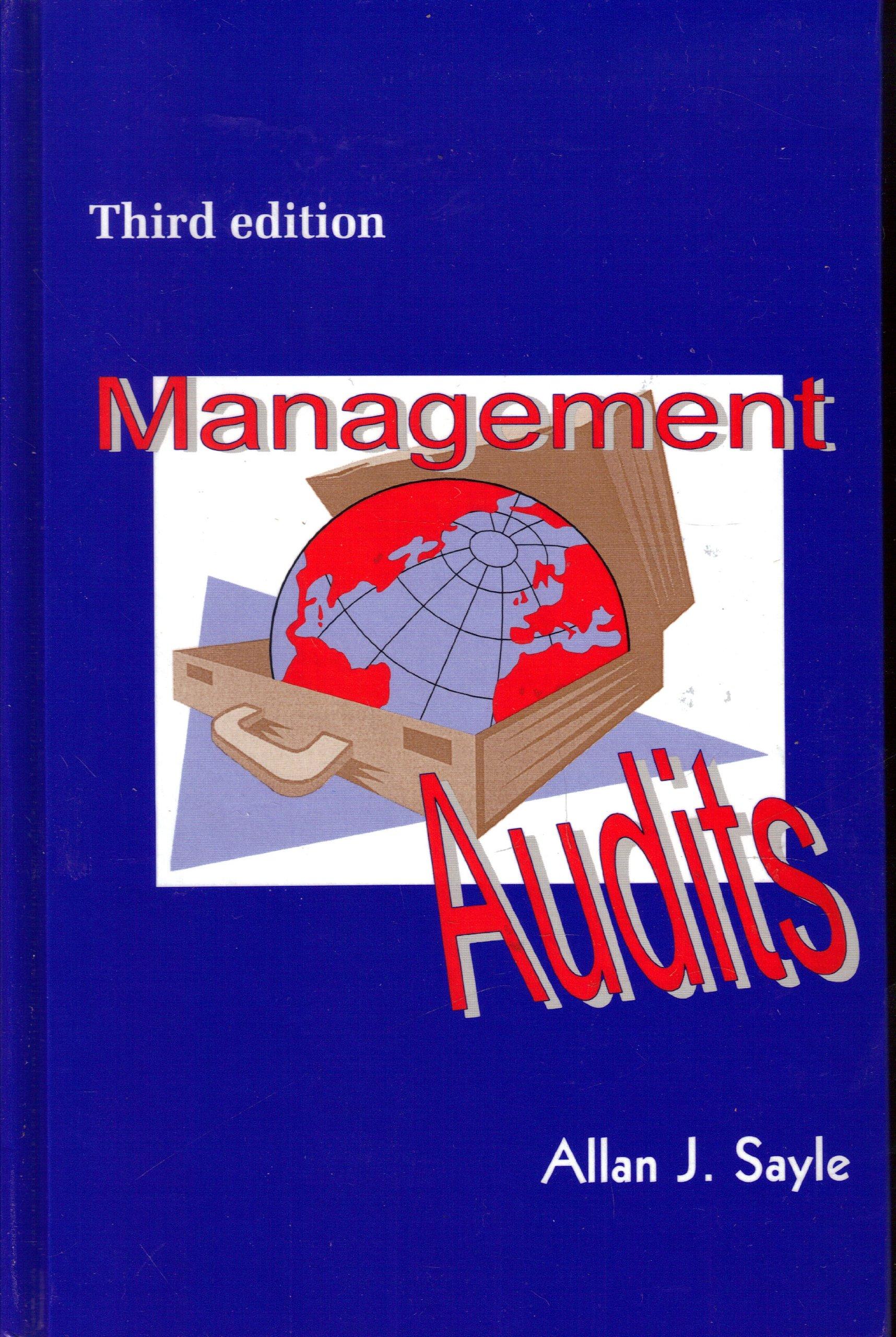Question
Kitchen Supply, Inc. (KSI), manufactures three types of flatware: institutional, standard, and silver. It applies all indirect costs according to a predetermined rate based on
Kitchen Supply, Inc. (KSI), manufactures three types of flatware: institutional, standard, and silver. It applies all indirect costs according to a predetermined rate based on direct labor-hours. A consultant recently suggested that the company switch to an activity-based costing system and prepared the following cost estimates for year 2 for the recommended cost drivers.
| Activity | Recommended Cost Driver | Estimated Cost | Estimated Cost Driver Activity | ||||
| Processing orders | Number of orders | $ | 41,125 | 175 | orders | ||
| Setting up production | Number of production runs | 170,000 | 100 | runs | |||
| Handling materials | Pounds of materials used | 250,000 | 100,000 | pounds | |||
| Machine depreciation and maintenance | Machine-hours | 231,000 | 11,000 | hours | |||
| Performing quality control | Number of inspections | 68,500 | 50 | inspections | |||
| Packing | Number of units | 96,000 | 480,000 | units | |||
| Total estimated cost | $ | 856,625 | |||||
In addition, management estimated 7,700 direct labor-hours for year 2.
Assume that the following cost driver volumes occurred in January, year 2:
| Institutional | Standard | Silver | |||||||
| Number of units produced | 63,000 | 27,000 | 8,000 | ||||||
| Direct materials costs | $ | 37,000 | $ | 23,000 | $ | 13,000 | |||
| Direct labor-hours | 480 | 450 | 640 | ||||||
| Number of orders | 10 | 10 | 6 | ||||||
| Number of production runs | 2 | 4 | 6 | ||||||
| Pounds of material | 14,000 | 6,000 | 3,400 | ||||||
| Machine-hours | 610 | 160 | 100 | ||||||
| Number of inspections | 3 | 3 | 3 | ||||||
| Units shipped | 63,000 | 27,000 | 8,000 | ||||||
Actual labor costs were $14 per hour.
Required:
a.
(1) Compute a predetermined overhead rate for year 2 for each cost driver using the estimated costs and estimated cost driver units prepared by the consultant. (Round your answers to 2 decimal places.)
| ||||||||||||||||||||||
(2) Compute a predetermined rate for year 2 using direct labor-hours as the allocation base.
b. Compute the production costs for each product for January using direct labor-hours as the allocation base and the predetermined rate computed in requirement a(2).(Do not round intermediate calculations.)
|
c. Compute the production costs for each product for January using the cost drivers recommended by the consultant and the predetermined rates computed in requirement a. (Note: Do not assume that total overhead applied to products in January will be the same for activity-based costing as it was for the labor-hour-based allocation.) (Do not round intermediate calculations.)
|
Thank you for your time and help!
Step by Step Solution
There are 3 Steps involved in it
Step: 1

Get Instant Access to Expert-Tailored Solutions
See step-by-step solutions with expert insights and AI powered tools for academic success
Step: 2

Step: 3

Ace Your Homework with AI
Get the answers you need in no time with our AI-driven, step-by-step assistance
Get Started


